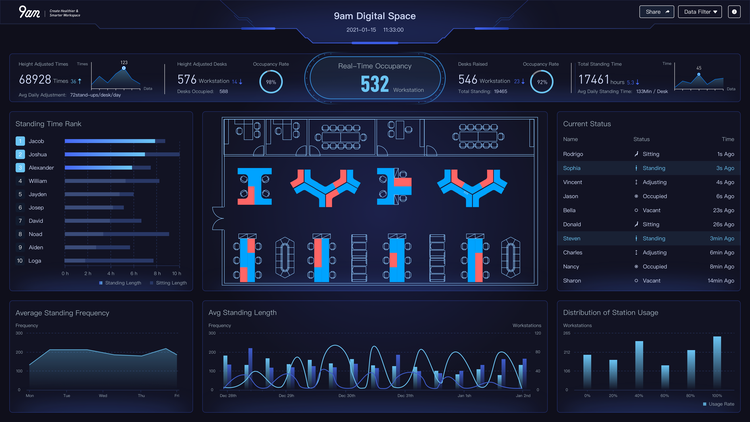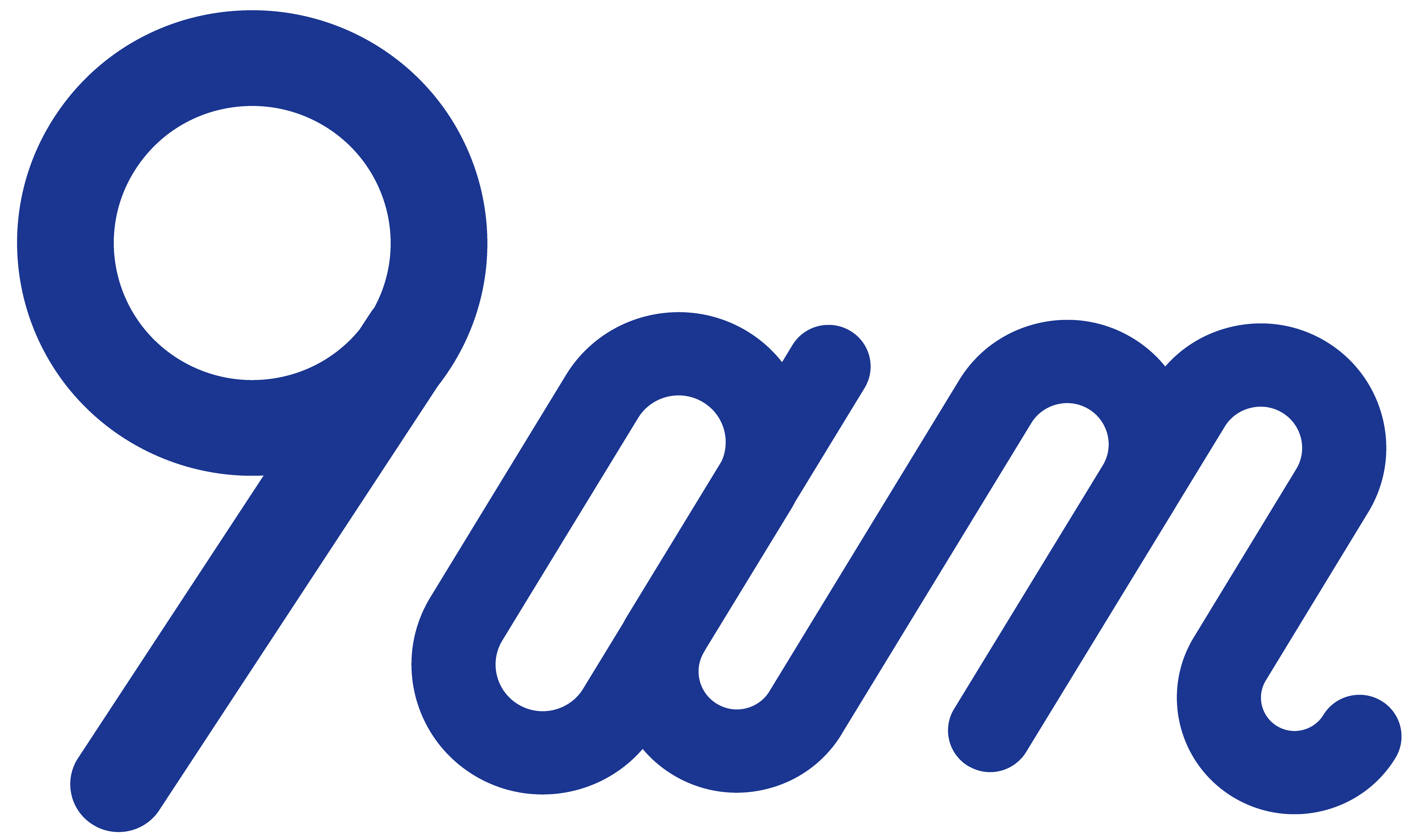Digital technology has changed our lives forever, and as the world has gone increasingly digital, we are able to make sustained growth in the digital economy through enhanced connectivity, more financial inclusion and better access to public services. One of the loudest discussions in the more digitalized world is the future of work, which is to say every little advancement in office scenarios is meant to make our office life easier. In all office spaces, digitalizing office workstations is of great value since 1) it is closely connected with humans in both dimensions of space and time; 2) updates of office desks could positively correlate with user’s productivity. However, office workstations are difficult to digitalize since we think of them almost as inanimate objects in most cases. What makes digitalizing office workstations important is that it brings benefits to employees and tangible assets. Recently, the concept of digital workstation has been reinvented, and a workstation that is equipped with ergonomic and digital abilities has been upgraded to realize interactive, productive and analytical functionalities. We investigated the nature of digital technology with a post-pandemic lens that sheds light on some pressing questions of the current moment. How can we use digital technology to build the future office? What is the most important facet when we design office desks? How to create a sustainable and ergonomic working environment? What functionalities that office desks should have to meet the needs of many? We then came to a conclusion that the future office workstations should have visibility, mobility and connectivity. To put the capabilities into digital captions, the three core functionalities are accurate sensing, intelligent guidance, and full-spectrum ability.
Creating a workplace that actively make users work healthily
Employees matter most to companies and organizations. A workforce that is made up of employees differentiates an organization from its competitors. Employers continuously seek ways to elevate employee’s working experience, general well-being, and stickiness. Health is wealth, many companies choose to upgrade their office desks to height adjustable ones to eliminate employee’s health issues and low-productivity caused by prolonged sitting. But traditional height adjustable desks often fall short of being properly used due to long-formed sitting habits. Research shows that boring offices that do not work are a downright health hazard and result in more days off work sick. Workstations should be smart enough to encourage users to stand more. Incorporating occupancy sensors is like giving the workstations “eyes”, and allows the workstations to know for how long the users have been kept sitting and notify them to change to standing position when necessary. The eyes do not mechanically nor passively send messages to users at given time, but they should simultaneously respond to users behaviour and make adjustments accordingly. We could define it Accurate Sensing Capability as the sensors or the “eyes” collect accurate occupancy data based on real occupancy status.
The real occupancy status that sensors collect will then be transferred to a control center and brain to be processed into visualized data to help users optimize sit-to-stand habits and develop a healthy working style. Meanwhile, when a prolonged sitting behavior is detected, the brain instructs other digital devices to send a reminder message in a way that maximizes notification and minimizes distraction at the same time, to let users know that they should switch to a standing position. The key to the future office is adapted to human interaction, not hardware dominance. Future office designers should put more interactive functions into action to avoid tech fatigue. The goal is to create environments that are as interactive as possible. The workstation should not only be a cubicle where employees sit passively, but should be a place where you can build living environments that encourage creative thinking. The mobility and interactive capability that a digital workstation possesses let users know how to upgrade their working habits to achieve more health related goals, and allow users to intuitively and interactively adjust the desk height. The coherent sequence attributes to the digital workstation’s Intelligent Guidance Ability.

The future workstations encourage collaborate without boarders and simplifies management
The combination of accurate sensing and intelligent guidance ability can be also defined as the ability to draw accurate analytics and further provide insights through digital methods. The future office desk will not just rigidly be a place for work, but it should intelligently tell people more information to intelligently guide usage and management. In this post-pandemic world, one question that worth asking is how to keep social distancing while providing enough working space, and without investing more administrative headcounts? The intelligent guidance ability that a digital workstation has could perfectly keep the balance between employee requiremefnts and company investments. The desk knows when it is occupied and makes the desk next to it unavailable by showing a red cross mark or slightly vibrate when someone wants to take it. The increasing openness and connectedness of future office has created Activity-based Working aka ABW style, which allows people to choose their own combinations of interactions and environments at work. For example, in this scenario, employees can use an app or check the floorplan to find a vacant desk before they come into the office or as they arrive, so there’s some comfort of knowing in advance that they’ll have a place to sit. Management team could also put some restrictions or designate a certain area based on specific requirements of some roles. Companies can choose how to best manage these reservations and check-ins: How far in advance can someone reserve a spot, for how long can they keep the reservation, and which desk should be sanitized? The thorough understanding of how people use each workstation as well as some knowledge about the company’s flexible work policy are realized by the digital workstation’s IoT technology. This eventually leads to increasing administration efficiency, and reducing real estate and management cost meanwhile.
A digital workstation means unifying the whole office to create more value
A digital workstation also means it has Full-Spectrum Ability. Internally, the workstation’s brain enables the height adjustable workstation to be more versatile by connecting to and coordinating all digital devices, providing a seamless experience between all functions. Externally, we want to make the digital workstation more than an office desk. Connecting it with more devices to realize more functionalities means it is capable of generating more business values and practical usage like keeping social distancing, on-demand assignment and desk hoteling, even cooperating with other collaboration software to leverage the capabilities of a growing digital ecosystem of devices, connectivity and data.
